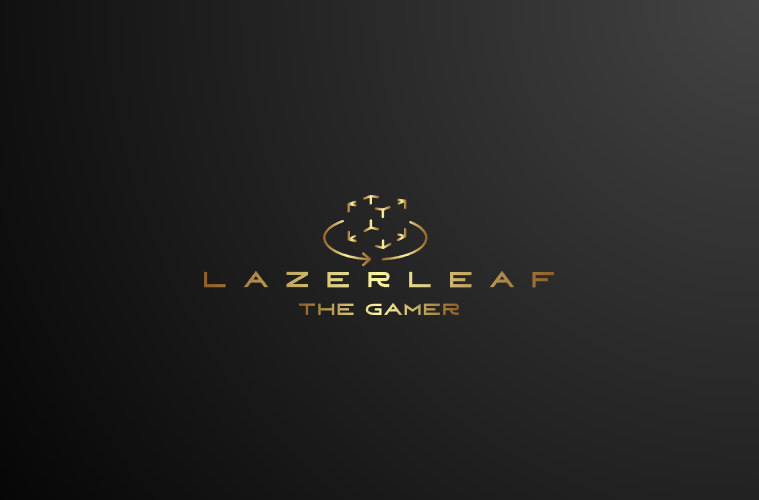Very useful 3D printed catalysts could help with tending to the trial of overheating in hypersonic plane and suggestion an ever-evolving reply for warm organization across incalculable endeavors.
Made by investigators at RMIT University in Melbourne, Australia, the significantly adaptable forces are monetarily canny to make and simple relative.
The gathering's lab displays show the 3D printed catalysts could really be used to drive hypersonic trip while simultaneously cooling the structure.
The assessment is disseminated in the Royal Society of Chemistry journal, Chemical Communications.
Lead examiner Dr. Selvakannan Periasamy said their work dealt with likely the best test in the improvement of hypersonic plane: controlling the incredible hotness that creates when planes fly at in abundance of different times the speed of sound.
"Our lab tests show the 3D printed catalysts we've made have uncommon assurance for fuelling the future of hypersonic flight," Periasamy said.
"Solid and useful, they offer an amazing conceivable response for warm organization in flying - to say the very least.
"With extra development, we trust this new time of very useful 3D printed stimuli could be used to change any advanced cooperation where overheating is a reliably present test."
Need for speed
Two or three exploratory planes have reached hypersonic speed (portrayed as above Mach 5 - in excess of 3,800 mph (6,100km/h) or 1 mile (1.7km) each second).
On a fundamental level, a hypersonic plane could branch out from London to New York in less than 90 minutes anyway numerous troubles stay in the progression of hypersonic air travel, for instance, the absurd hotness levels.
First maker and PhD investigator Roxanne Hubesch said including fuel as a coolant was one of the most reassuring preliminary ways of managing the overheating issue.
"Powers that can hold heat while controlling a plane are an imperative focus for scientists, but this thought relies upon heat-consuming compound reactions that need uncommonly capable forces," Hubesch said.
"Additionally, the hotness exchangers where the fuel connects with the impulses ought to be essentially just about as little as could truly be anticipated, because of the tight volume and weight objectives in hypersonic plane."
To make the new catalysts, the gathering 3D printed little hotness exchangers made of metal composites and covered them with designed minerals known as zeolites.
The experts imitated at lab scale the over the top temperatures and pressures experienced by the fuel at hypersonic speeds, to test the convenience of their arrangement.
Limited scope compound reactors
At the point when the 3D printed structures heat up, a piece of the metal moves into the zeolite framework - a cycle indispensable to the outstanding usefulness of the new impulses.
"Our 3D printed impulses look like minimal compound reactors and what makes them so astoundingly fruitful is that mix of metal and fabricated minerals," Hubesch said.
"It's an exhilarating new bearing for catalysis, yet we need more assessment to totally get this cycle and perceive the best blend of metal composites for the best impact."
The accompanying stages for the investigation bunch from RMIT's Center for Advanced Materials and Industrial Chemistry (CAMIC) consolidate further developing the 3D printed stimuli by focusing on them with X-pillar synchrotron methodologies and other all around assessment strategies.
The researchers furthermore want to extend the potential uses of the work into air tainting control for vehicles and little devices to additionally foster indoor air quality - especially huge in managing airborne respiratory diseases like COVID-19.
CAMIC Director, Distinguished Professor Suresh Bhargava, said the trillion-dollar substance industry was for the most part established on old synergist development.
"This third time of catalysis can be associated with 3D printing to make new complex arrangements that were at that point ridiculous," Bhargava said.
"Our new 3D printed driving forces address a radical new philosophy that might perhaps resentful the destiny of catalysis all around the planet."
The 3D printed driving forces were made using Laser Powder Bed Fusion (L-PBF) development in the Digital Manufacturing Facility, part of RMIT's Advanced Manufacturing Precinct.
Reference: "Zeolites on 3D-Printed Open Metal Framework Structure: Metal movement into zeolite progressed reactant breaking of endothermic stimulates for flight vehicles" by Roxanne Hubesch, Maciej Mazur, Karl Föger, P. R. Selvakannan and Suresh K. Bhargavan, 25 August 2021, Chemical Communications.










0 Comments